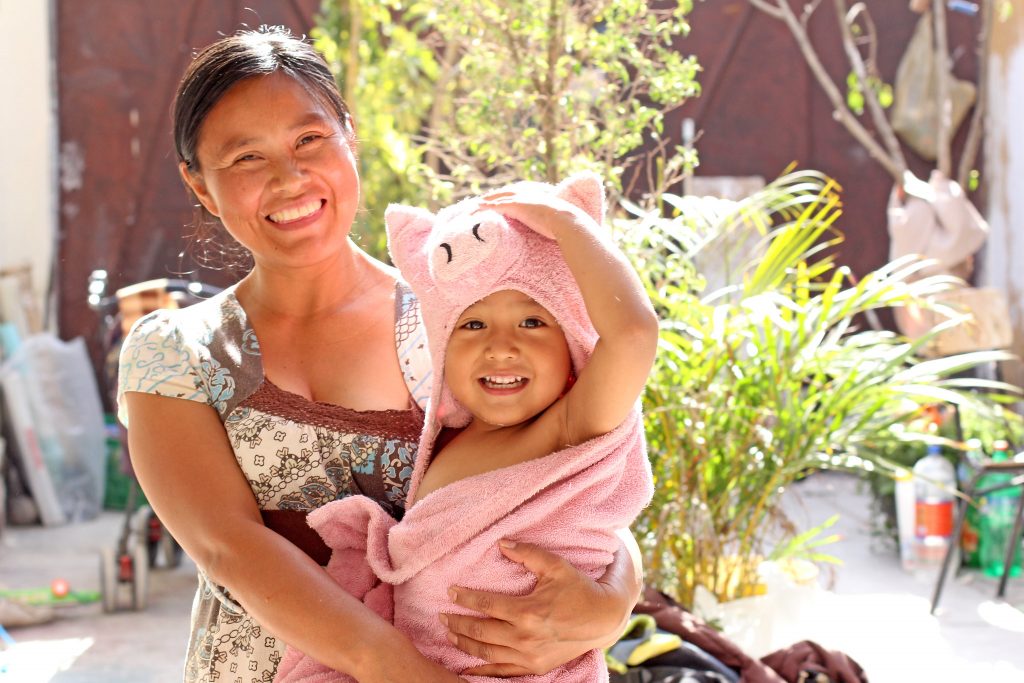8.2 Nature and Nurture
The most basic question about child development is how nature and nurture together shape development. Nature refers to our biological endowment, the genes we receive from our parents. Nurture refers to the environments, social as well as physical, that influence our development, everything from the womb in which we develop before birth to the homes in which we grow up, the schools we attend, and the many people with whom we interact.

The nature-nurture issue is often presented as an either-or question: Is our intelligence (for example) due to our genes or to the environments in which we live? In fact, however, every aspect of development is produced by the interaction of genes and environment. At the most basic level, without genes, there would be no child, and without an environment to provide nurture, there also would be no child.
The way in which nature and nurture work together can be seen in findings on visual development. Many people view vision as something that people either are born with or that is purely a matter of biological maturation, but it also depends on the right kind of experience at the right time. For example, development of depth perception, the ability to actively perceive the distance from oneself to objects in the environment, depends on seeing patterned light and having normal brain activity in response to the patterned light, in infancy (Held, 1993). If no patterned light is received, for example when a baby has severe cataracts or blindness that is not surgically corrected until later in development, depth perception remains abnormal even after the surgery.
Adding to the complexity of the nature-nurture interaction, children’s genes lead to their eliciting different treatment from other people, which influences their cognitive development. For example, infants’ physical attractiveness and temperament are influenced considerably by their genetic inheritance, but it is also the case that parents provide more sensitive and affectionate care to easygoing and attractive infants than to difficult and less attractive ones, which can contribute to the infants’ later cognitive development (Langlois et al., 1995; van den Boom & Hoeksma, 1994).
Also contributing to the complex interplay of nature and nurture is the role of children in shaping their own cognitive development. From the first days out of the womb, children actively choose to attend more to some things and less to others. For example, even 1-month-olds choose to look at their mother’s face more than at the faces of other women of the same age and general level of attractiveness (Bartrip, Morton, & de Schonen, 2001). Children’s contributions to their own cognitive development grow larger as they grow older (Scarr & McCartney, 1983). When children are young, their parents largely determine their experiences: whether they will attend day care, the children with whom they will have play dates, the books to which they have access, and so on. In contrast, older children and adolescents choose their environments to a larger degree. Their parents’ preferences largely determine how 5-year-olds spend time, but 15-year-olds’ own preferences largely determine when, if ever, they set foot in a library. Children’s choices often have large consequences. To cite one example, the more that children choose to read, the more that their reading improves in future years (Baker, Dreher, & Guthrie, 2000). Thus, the issue is not whether cognitive development is a product of nature or nurture; rather, the issue is how nature and nurture work together to produce cognitive development.
